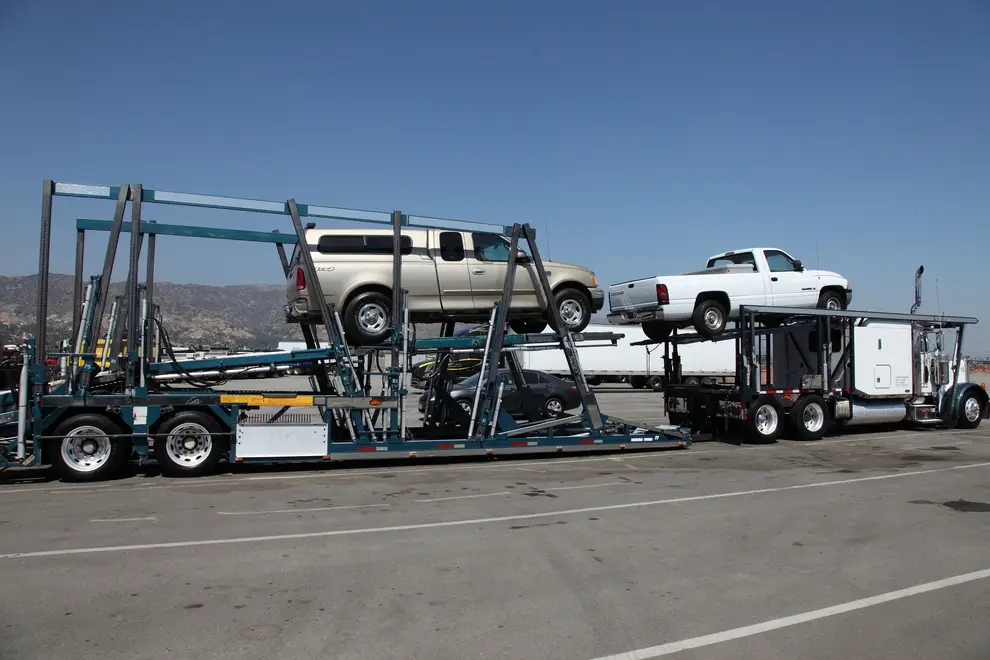For many people who own second homes or snowbird residences in different regions, seasonal transportation of vehicles is a regular part of their lifestyle. While car shipping companies can help facilitate these moves year-round, there are some key differences to consider between fall and spring shipments. This article examines some of the main factors that set these contrasting seasons apart when it comes to planning and executing automobile relocation services Automobile Transport.
Demand Fluctuations
One of the most evident contrasts between fall and spring vehicle shipping relates to fluctuations in demand. In the fall months as seasonal residents prepare to head south for the winter, transport requests tend to be higher. More cars need to be moved from northern locations down to warmer southern destinations as households relocate. Come springtime however, the flow reverses as snowbirds shuttle their vehicles back north again. While demand remains steady year-round, the fall sees a noticeable uptick compared to shipping volume in spring.
Availability and Lead Times
| Fall | Spring |
| May need to book further in advance due to high demand | Often easier to schedule last minute as demand is lower |
Because demand peaks in fall, securing transport dates can sometimes require more planning ahead compared to spring moves. Auto shippers may have less flexibility or open slots if booking is left until the last minute as their schedules fill up more quickly during busy autumn months. Spring however tends to offer a bit more breathing room – you can generally get a vehicle shipped on somewhat shorter notice if needed since demand is reduced versus fall.
Weather Conditions – Automobile Transport
Weather naturally plays an important role when coordinating car shipping, and conditions tend to differ noticeably between fall and spring. In fall, driving weather is usually milder and more stable, allowing for smoother over-the-road transit of vehicles between locations. Springtime though can occasionally bring wet weather like rain or slush that could slow transport or require extra precautions be taken. Harsh wind or snow is also more problematic for shipping in some regions during certain springs compared to most autumn seasons. Carriers may need to build in more buffer time if movement could be hampered by unpredictable spring weather.
Insurance Coverage and Rates
Insurance provisions and pricing tend to remain steady across fall and spring. However, spring is sometimes considered a higher risk period due to the potential for inclement conditions and road hazards mentioned above. Some carriers may assess small supplementary fees to provide more comprehensive coverage during months. Where weather could cause additional insurable issues like vehicle damage from flooding, hail or storms. Transport policies may also require upgrades to higher-limit liability thresholds in spring if poor visibility or slippery roads elevate accident probabilities marginally compared to fall driving environments.
Routing and Origin-Destination Combinations
The common migratory routes traveled during fall and spring relocations differ according to popular warm weather destinations. In fall, southerly shifts predominate as snowbirds transfer cars from northern states like Minnesota, Wisconsin or Michigan down to Arizona, Florida or Texas. Come spring, this traffic reverses as the same households ship vehicles back north again. Transporters need to factor these directional shifts into their routing plans and resource allocation between the two seasons. Infrastructure and terrain may also present unique elevation or terrain challenges depending on the specific origin-destination city combinations involved in each seasonal time period.
Automobile Transport – Additional Services
Vehicle preparation or accessory services sometimes needed before or after a move can vary for fall versus spring due to environmental differences. In fall, common additions include winterizing fluid changes, applying protective wraps or arranging short-term indoor storage upon arrival. Spring may involve more wash/detailing, removing any storage enclosures or doing AC system checkups prior to warmer road trips. Shippers accustomed to the alternating needs of seasonal customers will be equipped to handle. These fluctuating value-added elements between the two primary relocation seasons.
Automobile Transport – Booking Considerations
In summary, those arranging automobile transport for seasonal residences must take shipment timing into account. Booking further in advance, verifying flexible coverage, assessing weather and scheduling buffer periods are all best practices to consider. Moreso for fall moves versus spring due to demand fluctuations. Conditions and routing tendencies that differ between these contrasting relocation cycles. Overall communication with an experienced carrier throughout. The planning process will help ensure a smooth transition regardless of when vehicles are shipped between seasonal home locations.

